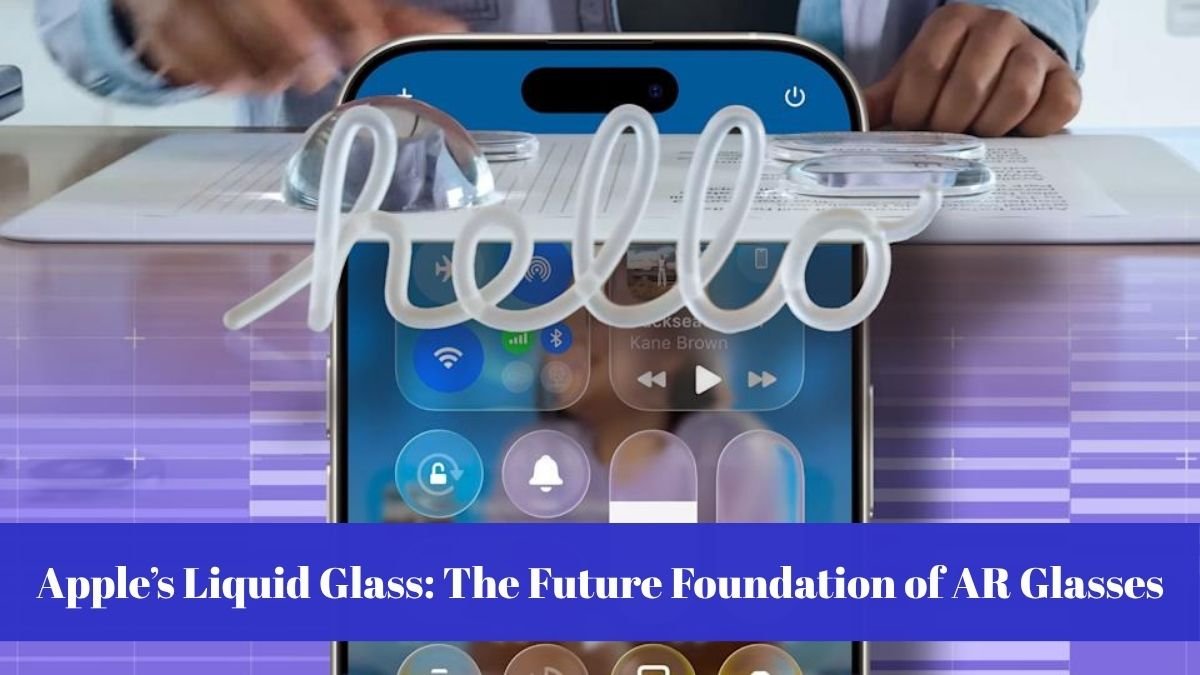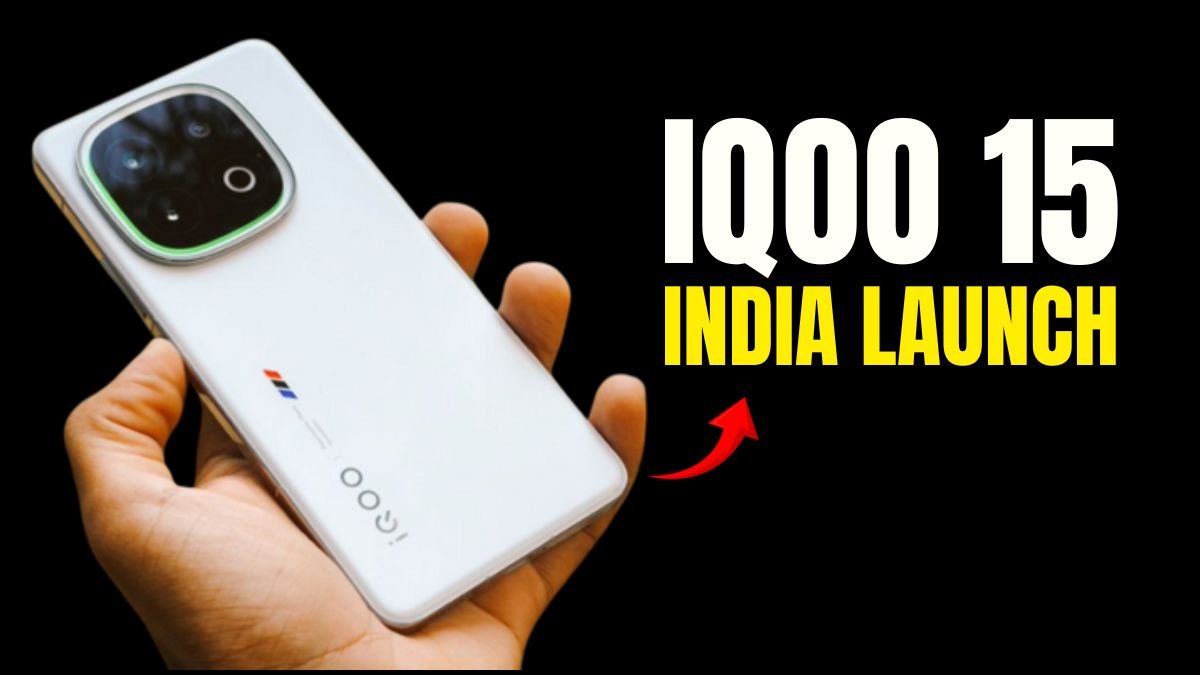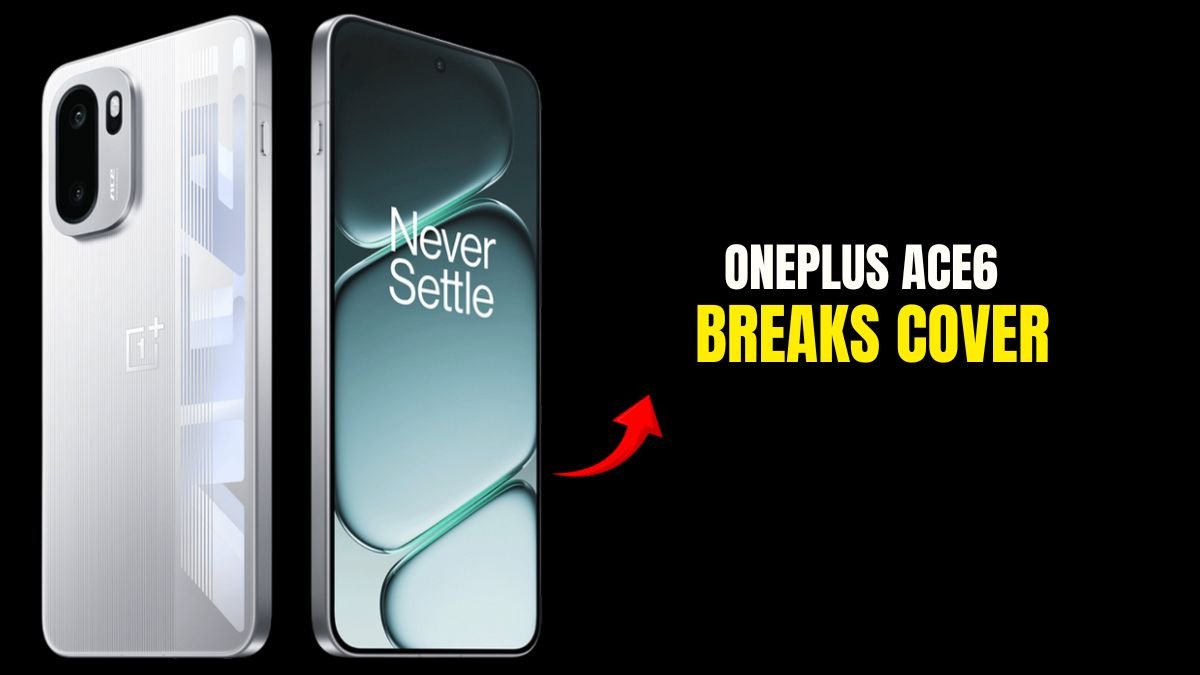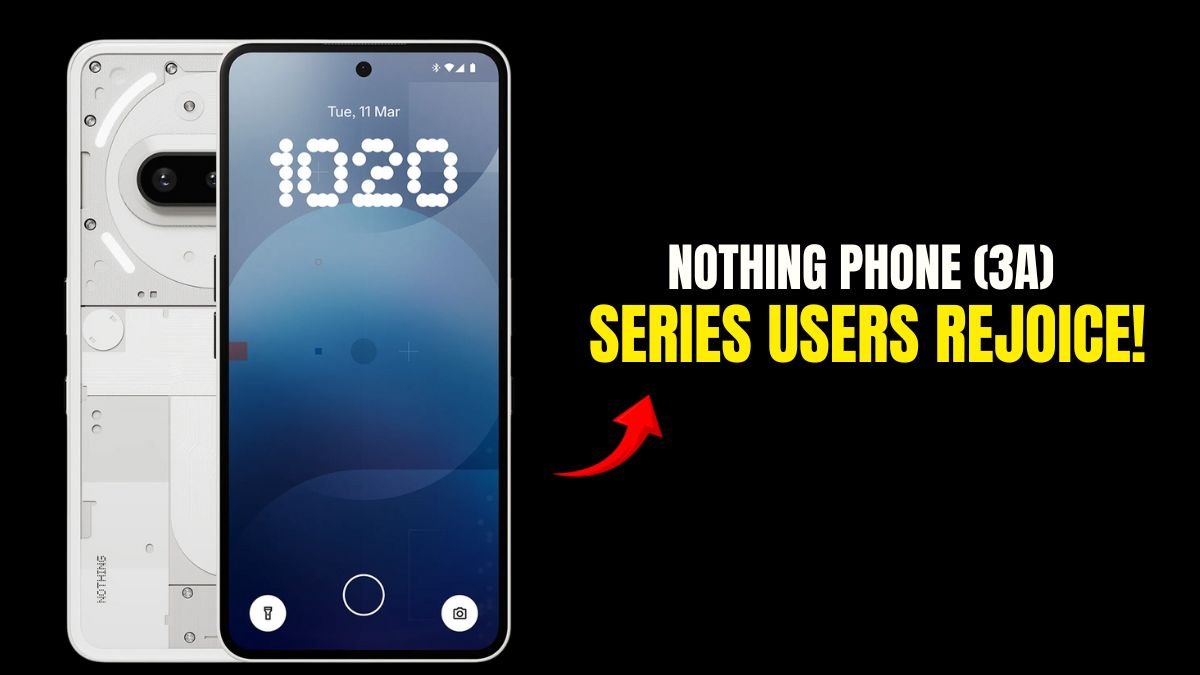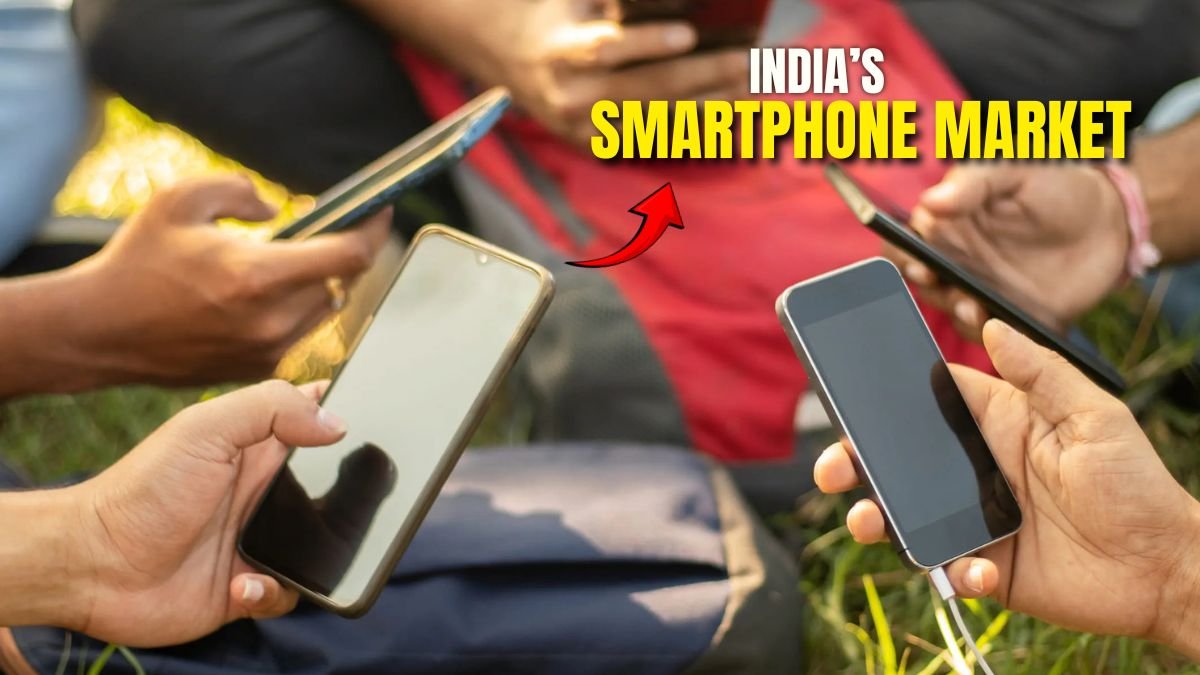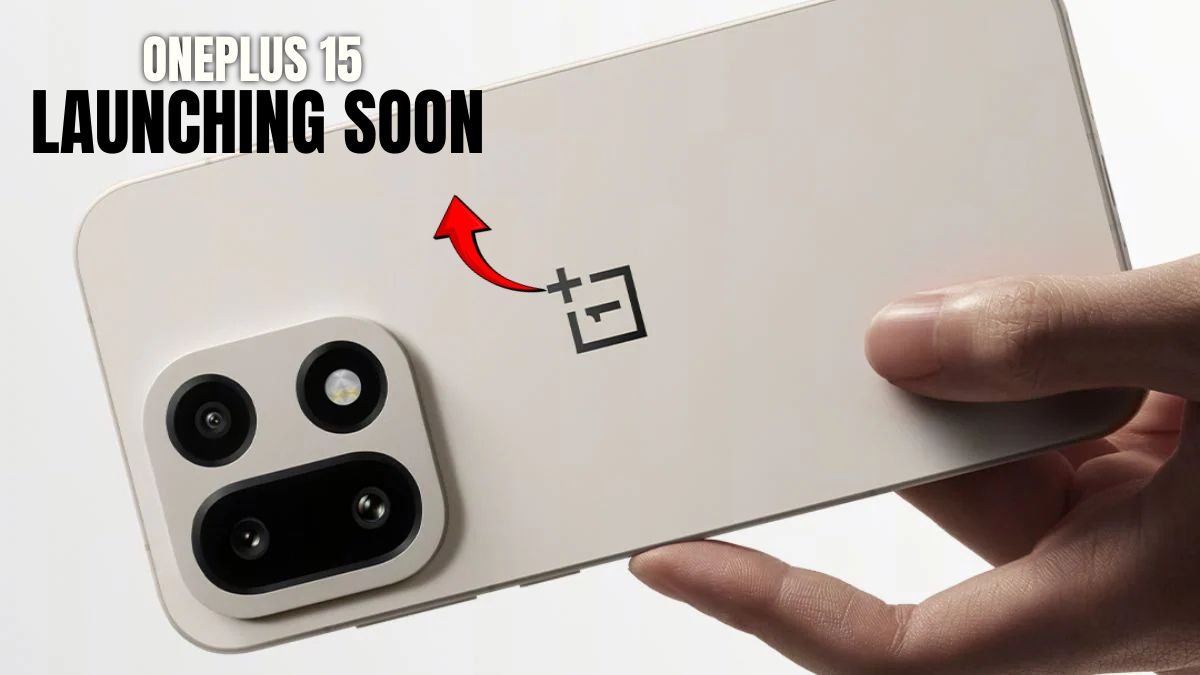1. Apple’s Biggest Design Shift in a Decade: Introducing Liquid Glass
In its WWDC 2025 event, Apple announced a major change to its software design after over ten years, called Liquid Glass. This new design is not just a cosmetic update but a future-oriented shift that lays the foundation for Apple’s entry into augmented reality (AR) hardware. The design is sleek, modern, and blends the digital world more fluidly with the real world — something crucial for AR experiences.
2. What is Liquid Glass and Why is It Unique?
Liquid Glass is a new user interface (UI) style with semi-transparent and reflective app windows, creating a “glass-like” effect. This design gives iPhone, iPad, and other Apple devices a futuristic look while also allowing elements to blend into the background. Instead of jarring colors and boxes, everything feels smooth and organic — a visual style that will eventually complement AR glasses, where digital elements need to feel part of the real environment.
3. Inspiration Drawn from Vision Pro Headset Design
Apple’s earlier device, the Vision Pro, laid the groundwork for Liquid Glass. Though the Vision Pro wasn’t a commercial success due to its $3,500 price tag, its interface design was praised for offering real-world overlays instead of trapping users in virtual spaces. Liquid Glass borrows from this idea, allowing digital windows to appear more natural and non-intrusive, a critical requirement for comfortable mixed reality.
4. Linking Liquid Glass with Upcoming AR Glasses
Tech experts believe that Liquid Glass is a testing ground for the interface that Apple plans to use in its rumored AR glasses. The lightweight nature of AR means users won’t be isolated in a virtual world — instead, they’ll need clean, transparent elements that work with their surroundings. Liquid Glass provides just that, and its development hints at the interface Apple is preparing for its next big hardware leap.
5. Competition from Meta and Google Forces Apple to Move Fast
With Meta’s Ray-Ban smart glasses already in the market and Google re-entering the smart glasses game, Apple is under pressure to deliver. Its main advantage lies in design and ecosystem integration. The Liquid Glass UI could help Apple create glasses that are not just functional but fashionable and intuitive, making them more appealing than current bulky or awkward AR devices.
6. Siri Integration and Smart Features in AR Glasses
According to reports, Apple’s AR glasses will include built-in Siri, cameras, microphones, and speakers. This will allow users to take calls, play music, receive turn-by-turn directions, and even perform real-time translations. The Liquid Glass design will ensure that notifications and visuals don’t distract or overwhelm the user, presenting information as if it’s seamlessly floating in their real-world view.
7. Real-World Use Cases of Liquid Glass Design
Imagine you’re walking on the street, and a transparent notification appears lightly over your view, without blocking your path. Or traveling abroad where street signs appear in your native language. These are the types of real-world applications that Liquid Glass aims to enable. It’s not just about beauty — it’s about practical and subtle interaction with digital information without breaking your focus from the real world.
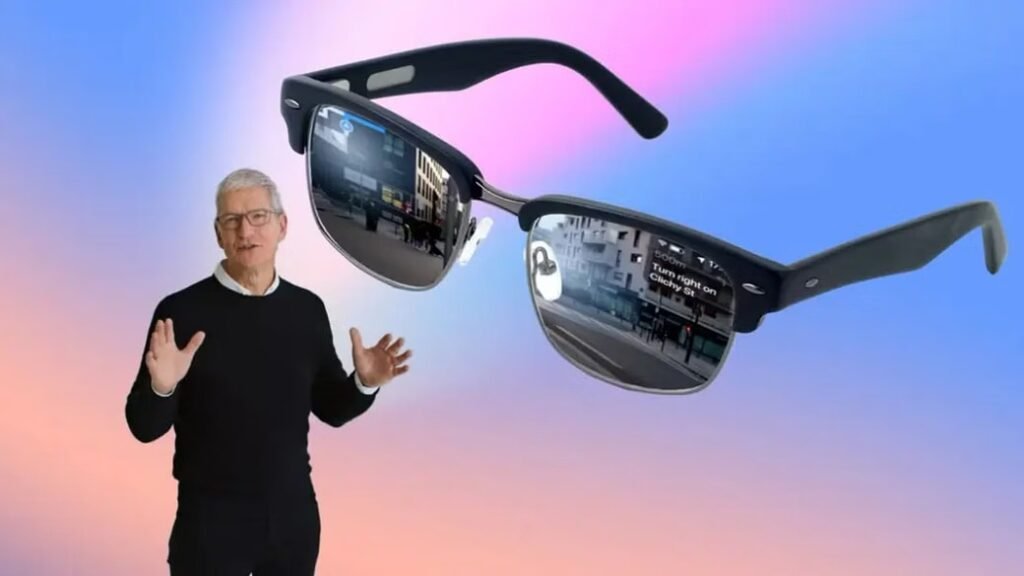
8. Developer Beta Reveals Initial Challenges
Apple has released Liquid Glass in its developer beta version, where some issues have been noted — such as inconsistent opacity levels and occasional UI lag. These are expected at this stage, and Apple is actively working on fixes. By the time it’s rolled out to the general public, the design will likely be polished and ready for integration into future devices, including the anticipated AR glasses.
9. AR Glasses Could Revolutionize Everyday Tech
If Apple’s AR glasses launch as expected next year, they could change how we interact with technology. From health tracking, map navigation, live translations, to facial recognition and smarter communication, the potential is vast. Liquid Glass will serve as the visual layer for this innovation — ensuring that the interface doesn’t dominate the user’s attention but enhances their real-life environment subtly and efficiently.
10. A Peek Into Apple’s Future and the Next Tech Revolution
Liquid Glass is not just a new UI — it’s Apple’s signal that the next era of personal technology is near. With this design, Apple is preparing its ecosystem for AR-driven experiences that are functional, stylish, and seamless. Whether you’re an Apple enthusiast or a general tech lover, keeping an eye on this evolving design language is essential as it will likely shape the future of digital interaction.
